Science
Taipei Aerospace and Defense Exhibition Showcases Military Innovations
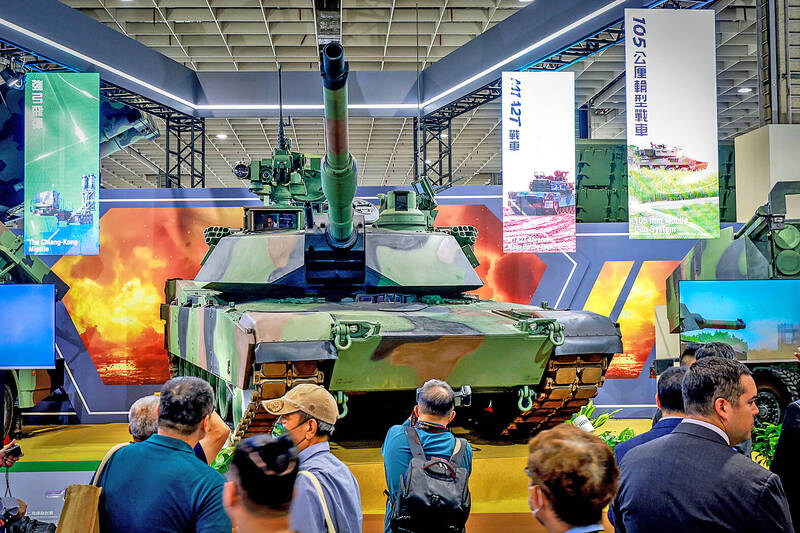
The Taipei Aerospace and Defense Exhibition opened on March 27, 2024, at the Taipei Nangang Exhibition Center, showcasing a record number of exhibitors and military systems. With 51 new military systems on display, the event features 490 exhibitors across 1,500 booths, significantly increasing from 275 exhibitors at approximately 960 booths in 2023. The three-day exhibition, which concludes tomorrow, emphasizes Taiwan’s commitment to enhancing its defense capabilities amid growing security concerns.
Karin Lang, Deputy Director of the American Institute in Taiwan, highlighted the importance of collaboration between American and Taiwanese companies during the opening ceremony. She noted that the US pavilion has doubled in size since the previous exhibition, now hosting over 40 companies. “When American and Taiwan companies collaborate, they create solutions that enhance not just bilateral interests, but contribute to broader regional security and prosperity,” Lang stated.
A significant announcement during the exhibition was Taiwan’s unveiling of its first missile developed in partnership with a US firm, marking a milestone in defense cooperation. The Chungshan Institute of Science and Technology plans to sign agreements with US and Canadian companies for various weapon systems. These include anti-drone rockets from Canada’s AirShare and underwater surveillance drones from the US-based Anduril. Earlier this year, the institute established a partnership with Anduril to jointly produce the Barracuda-500, an autonomous cruise missile.
On the sidelines of the expo, the institute’s president, Lee Shih-chiang, emphasized that the goal is to secure manufacturing independence to ensure Taiwan can produce all necessary weapons if conflict arises. “Our goal is that if war or a blockade starts, we would be able to manufacture every weapon we need to protect ourselves,” he said. Anduril’s Taiwan head, Alex Chang, added that the focus of their collaboration is on “mass producibility” and establishing a sustainable local production process.
The exhibition includes a dedicated pavilion from the Ministry of National Defense, divided into four sections: joint operations weapons, uncrewed systems, dual-use technologies, and talent recruitment. Attendees can view various hardware, models, and multimedia exhibits designed to enhance public understanding of Taiwan’s defense capabilities. Among the items on display are new systems such as the M1A2T tank and the High Mobility Artillery Rocket System, which reflect Taiwan’s multidomain deterrence strategy.
Additionally, the uncrewed systems section showcases 19 innovative technologies, including attack drones and autonomous vehicles, influenced by lessons learned from the war in Ukraine. The ministry aims to improve Taiwan’s asymmetric warfare capabilities and expand its domestic drone industry.
The dual-use technology area features advancements like transparent electromagnetic pulse-shielding windows and a next-generation intelligent security monitoring system. These projects, developed through collaboration between industry and academia, aim to foster defense self-reliance and stimulate economic growth.
Historically, the exhibition has attracted around 40,000 attendees, indicating strong public support for national defense initiatives. To engage the community further, this year’s event includes recruitment opportunities, interactive experiences, and guided tours.
Taiwan has set an ambitious goal of increasing its defense spending to 5 percent of GDP by 2030, up from the current 3.3 percent. This escalation in expenditures is projected to lead to a minimum procurement of between US$50 billion and US$60 billion in military hardware. According to Rupert Hammond-Chambers, president of the US-Taiwan Business Council, about one-third of this budget will be allocated to domestic production, while the remaining two-thirds will focus on international procurement, primarily from the United States.
The Taipei Aerospace and Defense Exhibition highlights Taiwan’s strategic focus on military innovation and international cooperation, reinforcing its commitment to national security in a complex global landscape.
-

 Lifestyle3 months ago
Lifestyle3 months agoHumanism Camp Engages 250 Youths in Summer Fest 2025
-

 Sports3 months ago
Sports3 months agoDe Minaur Triumphs at Washington Open After Thrilling Comeback
-

 Business4 months ago
Business4 months agoKenvue Dismisses CEO Thibaut Mongon as Strategic Review Advances
-

 Sports4 months ago
Sports4 months agoTupou and Daugunu Join First Nations Squad for Lions Clash
-

 Top Stories4 months ago
Top Stories4 months agoColombian Senator Miguel Uribe Shows Signs of Recovery After Attack
-
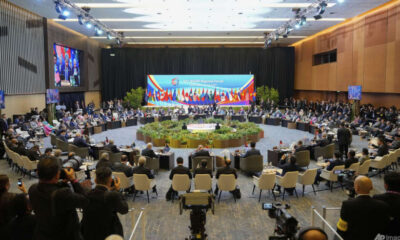
 World4 months ago
World4 months agoASEAN Gears Up for Historic Joint Meeting of Foreign and Economic Ministers
-
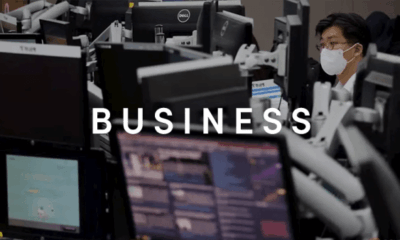
 Business4 months ago
Business4 months agoOil Prices Surge Following New EU Sanctions on Russia
-

 Health3 months ago
Health3 months agoNew Study Challenges Assumptions About Aging and Inflammation
-

 Entertainment3 months ago
Entertainment3 months agoDetaşe-Sabah Violin Ensemble Captivates at Gabala Music Festival
-
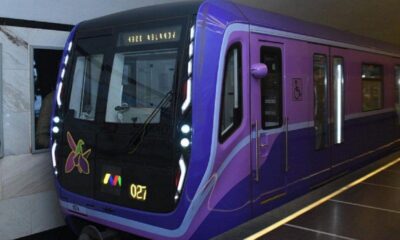
 Entertainment3 months ago
Entertainment3 months agoBaku Metro Extends Hours for Justin Timberlake Concert
-

 Business4 months ago
Business4 months agoU.S. House Approves Stablecoin Bill, Sends to Trump for Signature
-
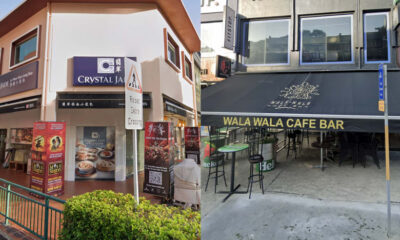
 Top Stories4 months ago
Top Stories4 months agoRethinking Singapore’s F&B Regulations Amid Business Closures









